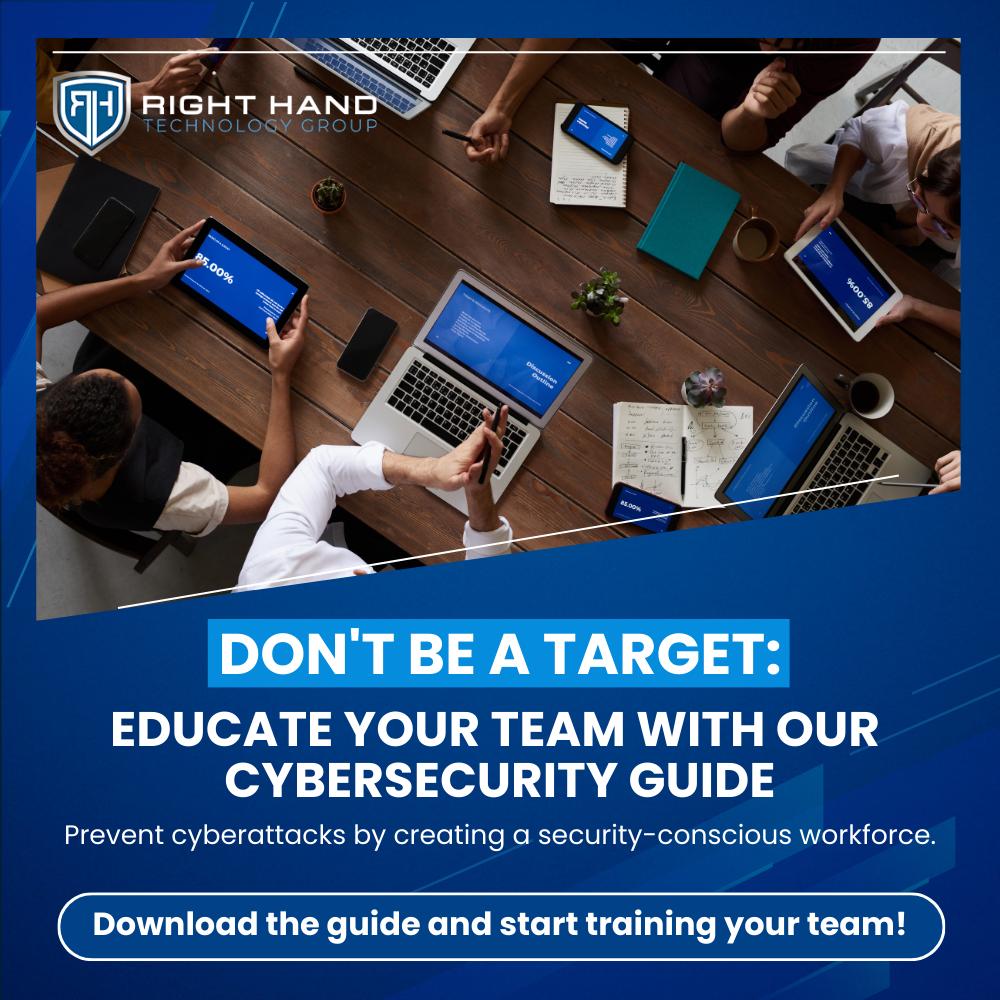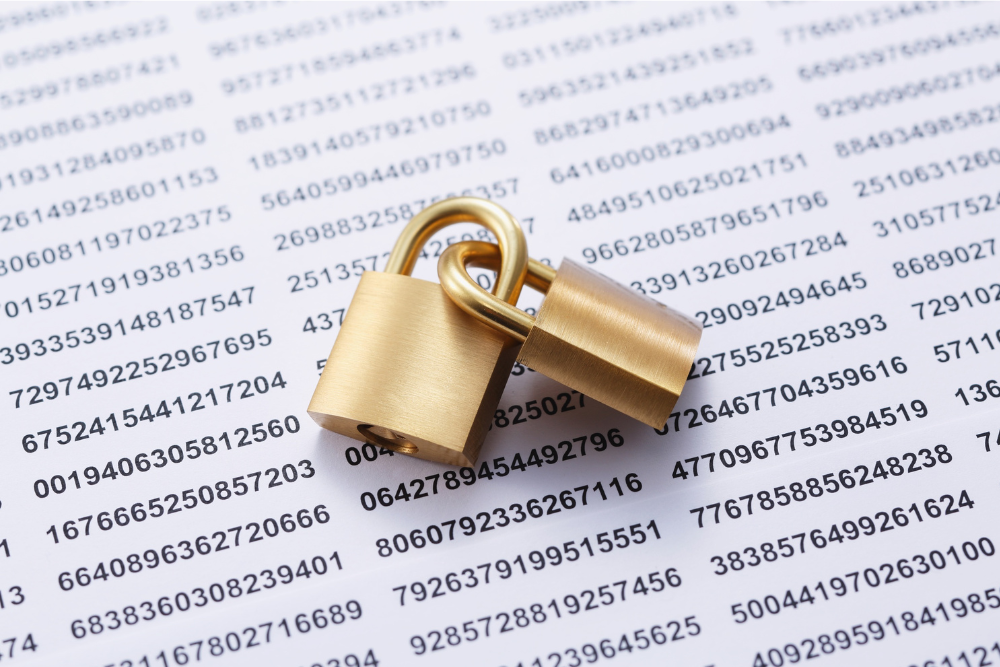CMMC Timeline Update: Navigating the Path to Compliance
Introduction: Understanding the Critical Phases of CMMC Implementation
The Cybersecurity Maturity Model Certification (CMMC) has emerged as a crucial framework for defense contractors and higher education institutions. As organizations strive to protect sensitive information and maintain compliance, staying informed about the CMMC timeline has become paramount.
The CMMC framework represents a significant shift in how the Department of Defense (DoD) approaches cybersecurity requirements for its contractors. By establishing a unified standard for implementing cybersecurity across the defense industrial base (DIB), the CMMC aims to reduce cyber risks and enhance the protection of controlled unclassified information (CUI) within the supply chain.
As Jason Vanzin, CISSP and CEO of Right Hand Technology Group, emphasizes, “Understanding the CMMC timeline is not just about meeting deadlines; it’s about proactively strengthening your organization’s cybersecurity posture to safeguard critical information and maintain a competitive edge in the defense industry.”
This comprehensive guide will break down the critical phases of CMMC implementation, providing you with the knowledge needed to navigate the path to compliance successfully.
CMMC Framework Evolution: From 1.0 to 2.0
The Transition to CMMC 2.0
The CMMC framework has undergone significant changes since its initial introduction. The transition from CMMC 1.0 to 2.0 brought about a streamlined three-level structure, designed to reduce complexity and costs for small and medium-sized businesses while maintaining robust cybersecurity standards.
The three levels of CMMC 2.0 are:
- Level 1 (Foundational): Focuses on the protection of Federal Contract Information (FCI)
- Level 2 (Advanced): Protects Controlled Unclassified Information (CUI)
- Level 3 (Expert): Protects CUI and reduces the risk of Advanced Persistent Threats (APTs)
One of the most significant changes in CMMC 2.0 is its alignment with established cybersecurity standards, particularly NIST SP 800-171 and NIST SP 800-172. This alignment simplifies the compliance process for many organizations already familiar with these standards.
“The alignment of CMMC 2.0 with NIST standards is a game-changer,” notes Jason Vanzin. “It allows organizations to leverage their existing cybersecurity investments and knowledge base, making the transition to CMMC compliance more manageable and cost-effective.”
For contractors and institutions, this evolution means:
- Reduced complexity in the certification process
- Greater flexibility in implementing cybersecurity practices
- Potential cost savings, especially for smaller organizations
- A more straightforward path to compliance for those already following NIST guidelines
Milestones in the Timeline
Effective Date of the Final Rule
A critical milestone in the CMMC timeline is the effective date of the final rule, set for December 16, 2024. This date marks a significant turning point for defense contractors and higher education institutions working with the DoD.
Key regulations governing the CMMC implementation process include:
- Defense Federal Acquisition Regulation Supplement (DFARS)
- Federal Acquisition Regulation (FAR)
- National Defense Authorization Act (NDAA)
These regulations provide the legal framework for CMMC requirements and their implementation across the defense industrial base.
For the most up-to-date information on CMMC regulations and guidelines, visit the CMMC Official Website.
It’s important to note that while the final rule becomes effective on December 16, 2024, organizations should not wait until the last minute to begin their compliance efforts. As Jason Vanzin advises, “Procrastination is the enemy of effective cybersecurity. Start your CMMC compliance journey early to avoid rushed implementations and potential vulnerabilities.”
Essentials of Self-Assessment for Level 2
Conducting a Comprehensive Gap Analysis
For organizations aiming to achieve CMMC Level 2 compliance, conducting a thorough self-assessment is a crucial first step. This process involves evaluating your current security posture against the NIST SP 800-171 controls, which form the basis of CMMC Level 2 requirements.
Key steps in the self-assessment process include:
- Identify applicable NIST SP 800-171 controls: Determine which controls apply to your organization based on the types of CUI you handle.
- Evaluate current practices: Assess your existing cybersecurity measures against the required controls.
- Document findings: Clearly record your compliance status for each control, including any gaps or areas for improvement.
- Develop a remediation plan: Create a detailed plan to address any identified gaps or deficiencies.
- Implement necessary changes: Execute your remediation plan to bring your cybersecurity practices in line with CMMC Level 2 requirements.
- Continuous monitoring: Establish processes for ongoing assessment and improvement of your cybersecurity posture.
By conducting a comprehensive gap analysis, organizations can identify potential weaknesses in their cybersecurity practices and take proactive steps to address them. This not only prepares them for CMMC compliance but also strengthens their overall security posture.
Preparing for Third-Party Certification
Engaging with Certified Third-Party Assessment Organizations
As organizations progress along the CMMC timeline, preparing for third-party certification becomes a critical focus. Certified Third-Party Assessment Organizations (C3PAOs) play a pivotal role in the certification process, conducting independent assessments to verify compliance with CMMC requirements.
To successfully prepare for third-party assessments, organizations should:
- Review and understand assessment criteria: Familiarize yourself with the specific requirements for your targeted CMMC level.
- Gather and organize documentation: Compile evidence of your cybersecurity practices, policies, and procedures.
- Conduct internal audits: Perform thorough internal assessments to identify and address any remaining gaps.
- Train personnel: Ensure that all relevant staff members understand CMMC requirements and their roles in maintaining compliance.
- Engage with a C3PAO: Select and communicate with a C3PAO to understand their specific assessment process and requirements.
- Prepare for on-site visits: If required, prepare your facilities and staff for potential on-site evaluations.
During the certification process, organizations can expect:
- In-depth reviews of cybersecurity documentation and practices
- Interviews with key personnel
- Potential demonstrations of security controls in action
- A detailed report of findings, including any identified non-conformities
“Preparation is key when it comes to CMMC certification,” emphasizes Jason Vanzin. “Treat the certification process as an opportunity to validate and improve your cybersecurity practices, not just a checkbox to tick.”
Importance of Ongoing Compliance Efforts
- The CMMC landscape is dynamic, with potential updates and changes occurring as the framework matures. Staying informed about CMMC news and updates is crucial for maintaining compliance and adapting to evolving requirements.
Organizations can enhance their compliance efforts by:
- Regularly checking official sources: Monitor the DoD CMMC Updates Page for the latest information on CMMC changes and announcements.
- Participating in industry forums and webinars: Engage with peers and experts to share insights and best practices.
- Subscribing to relevant newsletters: Stay informed through curated updates from reputable cybersecurity and compliance sources.
- Engaging with professional associations: Join organizations focused on cybersecurity and defense contracting to access valuable resources and networking opportunities.
- Implementing a continuous improvement process: Regularly review and update your cybersecurity practices to address new threats and compliance requirements.
By prioritizing ongoing compliance efforts, organizations can maintain a proactive stance in their cybersecurity journey, ensuring they remain prepared for future CMMC assessments and potential framework updates.
Conclusion: Proactive Compliance Planning for Success
As we’ve explored throughout this guide, navigating the CMMC timeline requires a strategic and proactive approach. From understanding the evolution of the framework to preparing for third-party certification, each step plays a crucial role in achieving and maintaining compliance.
Key takeaways for organizations on the path to CMMC compliance include:
- Embrace the streamlined structure of CMMC 2.0 and its alignment with NIST standards
- Begin preparation well before the December 16, 2024 effective date of the final rule
- Conduct thorough self-assessments and gap analyses to identify areas for improvement
- Engage early with C3PAOs to understand and prepare for the certification process
- Stay informed about CMMC updates and continuously improve your cybersecurity practices
As Jason Vanzin concludes, “CMMC compliance is not a destination, but a journey of continuous improvement in cybersecurity. By staying proactive and informed, organizations can not only meet compliance requirements but also significantly enhance their overall security posture.”
To help you streamline your CMMC compliance journey, we’ve prepared a comprehensive CMMC Compliance Roadmap. This valuable resource provides a step-by-step guide to navigating the compliance process, complete with checklists, timelines, and best practices.
Download the CMMC Compliance Roadmap to accelerate your path to compliance and strengthen your organization’s cybersecurity defenses.
By taking a proactive approach to CMMC compliance, defense contractors and higher education institutions can not only meet regulatory requirements but also build a robust cybersecurity foundation that protects sensitive information and fosters trust with government partners.











